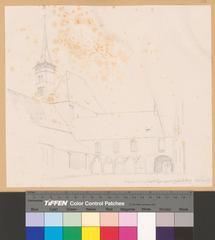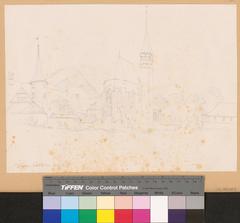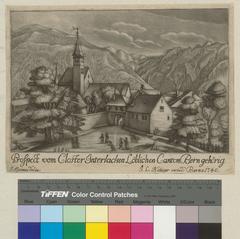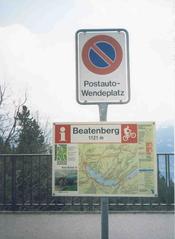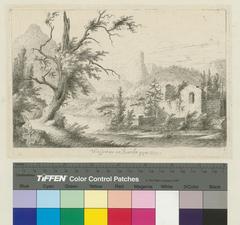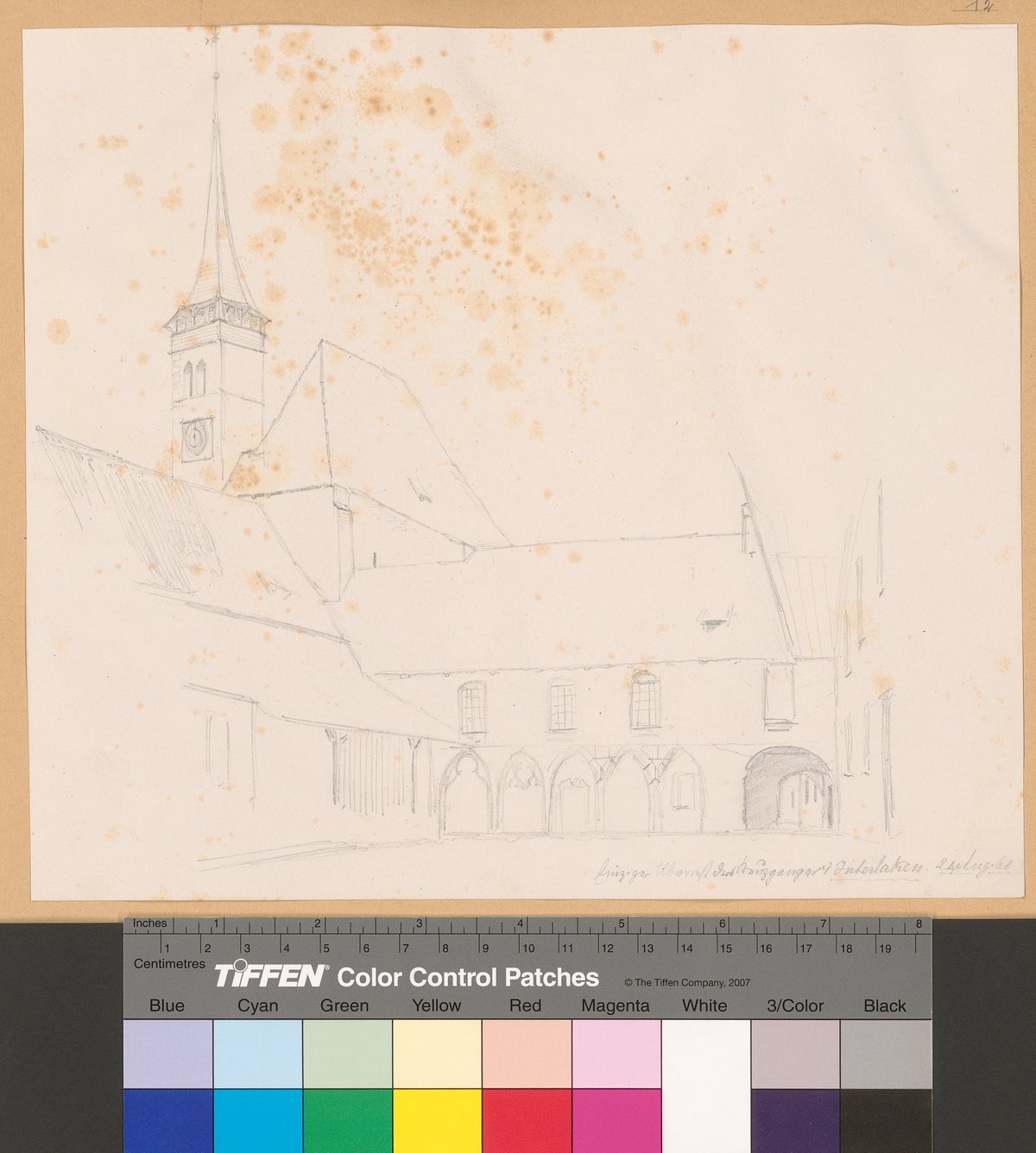
Visiting Interlaken Castle: History, Significance, and Visitor Information
Date: 01/08/2024
Introduction to Interlaken Castle
Nestled between the serene lakes of Thun and Brienz, Interlaken Castle, also known as Schlosskirche, is a captivating landmark that offers a deep dive into Switzerland’s rich historical tapestry. Originally established as a monastery in 1133 by Augustinian monks, the castle has evolved through the centuries, reflecting the region’s dynamic socio-political and cultural transformations (source). Today, it stands as a testament to medieval architecture and serves as a vibrant cultural hub that attracts history buffs, architecture enthusiasts, and curious travelers alike. This comprehensive guide will walk you through the storied history of Interlaken Castle, its architectural marvels, and practical visitor information, ensuring you have all the insights needed for an enriching visit.
Table of Contents
- Introduction
- History of Interlaken Castle
- Visitor Information
- Travel Tips and Nearby Attractions
- Notable Festivals and Events
- Frequently Asked Questions (FAQ)
- Conclusion
History of Interlaken Castle
Origins and Early History
Interlaken Castle, also known as Schlosskirche, has a rich history dating back to the early 12th century. Originally constructed in 1133, the castle served as a monastery. This period marked the beginning of Interlaken’s development as a significant settlement in the region. The monastery was established by Augustinian monks, who played a crucial role in the religious and cultural life of the area. The name “Interlaken” itself, meaning “between lakes,” reflects the town’s strategic location between Lake Thun and Lake Brienz (source).
Architectural Evolution
Over the centuries, Interlaken Castle underwent several architectural transformations. The original monastery structure was expanded and fortified to serve both religious and defensive purposes. By the 13th century, the castle had evolved into a more complex structure, featuring additional buildings and fortifications. The architectural style of the castle reflects the medieval European design, characterized by thick stone walls, narrow windows, and fortified towers (source).
Role in Trade and Commerce
During the medieval period, Interlaken Castle played a pivotal role in the region’s trade and commerce. Its strategic location made it a vital hub for merchants traveling between the lakes and the surrounding alpine regions. The castle’s proximity to major trade routes facilitated the exchange of goods, contributing to the economic growth of Interlaken. Markets and fairs were often held within the castle grounds, attracting traders and visitors from various parts of Europe (source).
Transition to a Private Residence
In the late 15th century, the monastery was secularized, and the castle transitioned into a private residence. This period marked significant changes in the castle’s function and ownership. The castle was acquired by local nobility, who transformed it into a luxurious estate. The new owners made extensive renovations, adding elegant living quarters, gardens, and decorative elements. The castle’s transformation into a private residence reflected the changing social and economic dynamics of the region (source).
Impact of the Reformation
The Protestant Reformation in the 16th century had a profound impact on Interlaken Castle. The religious upheaval led to the dissolution of many monastic institutions, including the original monastery at Interlaken. The castle’s religious functions were diminished, and it became primarily a secular estate. However, the castle continued to hold historical and cultural significance, serving as a symbol of the region’s rich heritage (source).
19th Century Renovations
The 19th century brought renewed interest in the preservation and restoration of historical structures. Interlaken Castle underwent significant renovations during this period, aimed at preserving its architectural integrity and historical value. The restoration efforts were part of a broader movement to protect Switzerland’s cultural heritage. The castle’s medieval features were carefully preserved, while modern amenities were added to accommodate visitors and residents (source).
Role During World War II
During World War II, Interlaken Castle played a unique role as a refuge for individuals seeking safety from the conflict. The castle’s remote location and fortified structure made it an ideal sanctuary. It provided shelter and support to refugees and displaced persons, contributing to humanitarian efforts in the region. The local community played a vital role in these efforts, offering aid and assistance to those in need (source).
Modern-Day Significance
Today, Interlaken Castle stands as a testament to the region’s rich history and cultural heritage. It is a popular tourist attraction, drawing visitors from around the world. The castle’s well-preserved architecture and historical significance make it a must-visit destination for history enthusiasts and tourists alike. Visitors can explore the castle grounds, tour the historic rooms, and learn about the castle’s fascinating history through guided tours and exhibits (source).
Visitor Information
Visiting Hours and Tickets
Interlaken Castle is open to visitors year-round. However, specific opening hours may vary by season. It is advisable to check the official website for the most up-to-date information. Admission fees apply, and discounts are often available for students, seniors, and groups. Purchasing tickets in advance is recommended, especially during peak tourist seasons (source).
Guided Tours
Guided tours are available and highly recommended for a comprehensive understanding of the castle’s history and significance. Tours are offered in multiple languages, including English, German, and French (source).
Accessibility
The castle grounds are accessible to visitors with mobility challenges, but some areas may have limited access due to the historic nature of the structure. It is recommended to contact the castle administration in advance for specific accessibility information (source).
Photography
Photography is allowed in most areas of the castle, but the use of flash and tripods may be restricted. Visitors are encouraged to capture the stunning architecture and scenic views responsibly (source).
Travel Tips and Nearby Attractions
Interlaken Castle is conveniently located near other popular attractions, such as Lake Thun, Lake Brienz, and the Harder Kulm viewpoint. Visitors can easily combine a visit to the castle with other sightseeing activities in the region (source).
Notable Festivals and Events
Interlaken Castle hosts various festivals and events throughout the year, celebrating the region’s cultural heritage. One of the most notable events is the Unspunnen Festival, which takes place every few years. This festival celebrates traditional Swiss culture, featuring activities such as Alpine wrestling, stone throwing competitions, traditional music, and folk dances. The festival offers a unique opportunity to immerse oneself in the local traditions and customs (source).
Frequently Asked Questions (FAQ)
- What are the visiting hours for Interlaken Castle?
- The castle is open year-round, but specific hours may vary by season. Check the official website for the latest information.
- How much are tickets to Interlaken Castle?
- Admission fees apply, with discounts available for students, seniors, and groups. It is recommended to purchase tickets in advance.
- Are guided tours available?
- Yes, guided tours are available in multiple languages, including English, German, and French.
- Is the castle accessible to visitors with mobility challenges?
- While the castle grounds are accessible, some areas may have limited access due to the historic nature of the structure. Contact the castle administration for specific accessibility information.
- Can I take photographs inside the castle?
- Yes, photography is allowed in most areas, but the use of flash and tripods may be restricted.
Conclusion
Interlaken Castle’s rich history, architectural beauty, and cultural significance make it a must-visit destination for anyone exploring the region. Whether you are a history enthusiast, architecture lover, or simply looking to experience the charm of Interlaken, the castle offers a fascinating glimpse into the past and a memorable experience for all visitors. Don’t forget to download the Audiala mobile app for more travel tips and updates, and follow us on social media for the latest news and events.
References
- MyInterlakenPass, n.d., Interlaken Castle History source
- AdventureInYou, n.d., Things to Do in Interlaken source
- BetterTravel, n.d., Interlaken Switzerland 4 Days Itinerary source
- MySwitzerland, 2024, August 1 National Day Celebration source
- ThePlanetD, n.d., Things to Do in Interlaken source
- Explorial, n.d., Interlaken Castle and Castle Church source
- FullSuitcase, n.d., Interlaken Day Trip source
- Switzerlanding, n.d., Interlaken Monastery Castle Church source
- Interlaken, n.d., Monastery and Interlaken Castle source
- TouringSwitzerland, n.d., Best Time to Visit Interlaken source
